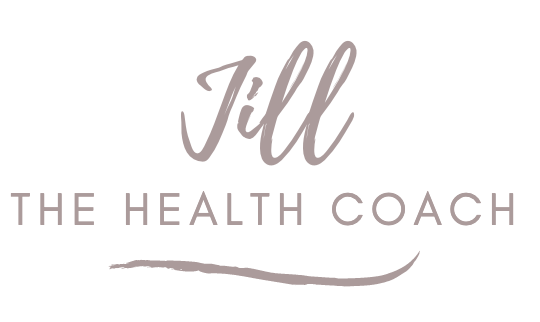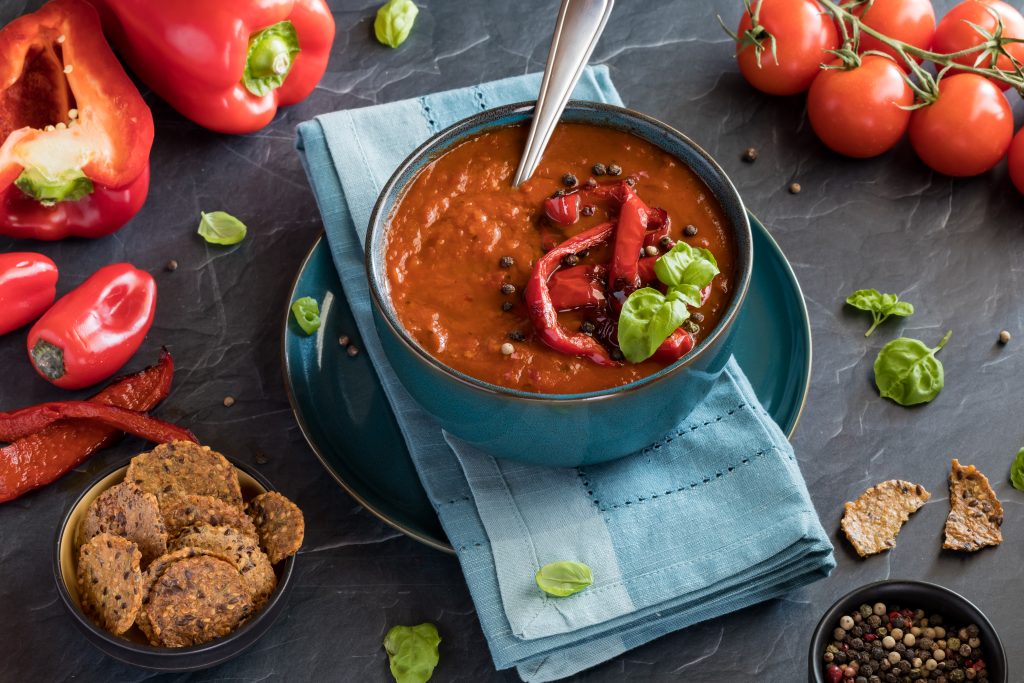I hope you enjoyed learning about different types of Food Plans and Lifestyles. I prefer not to use the term diet as that just implies that it is a temporary fix.
Did you like the principles of the Mediterranean plan? Or perhaps Paleo seems just right for you? Maybe Keto is the way to go? Or maybe a plant-based Vegan works for you.
With so many different food plans out there, I have indeed experimented with dozens along with the 5 you have read about. The best advice I can give is that everyone is different and what works well for one may not work for another. So, I invite you to explore what works for your body and lifestyle.
The best food plan is the one you stick with.
Of course, I unequivocally recommend any type of food plan should include REAL food-lots of veggies, fruit and healthy fats. The big no-no are any processed “foods” with chemicals that are hard to even pronounce.
Getting to our fifth and final Food Plan or lifestyle, eating Low Lectin foods has been found to help those with digestive issues as well as inflammation and disease and weight control.
Origins
While lectins started being identified as a possible disruptor to the gut flora by scientists in the 1970s and 1980s, it was Dr. Steven Gundry who brought lectins into the spotlight with his book, The Plant Paradox. The Hidden Dangers in “Healthy” Foods That Cause Disease and Weight Gain in 2017. He claims that lectins in certain healthy plant foods are highly toxic to the gut and can therefore contribute to a variety of diseases and retention of weight.
Lectins can be found in grains like wheat, corn, corn-fed meats and dairy from A1 Casein Milk, some nuts and seeds. They are also concentrated in the peels and seeds of many common veggies. By simply peeling and de-seeding certain veggies such as tomatoes, peppers, cucumbers, etc. it reduces their lectin content and therefore can be eaten and digested more easily.
So, by simply eliminating foods with high lectin values, Gundry claims that it can bring down inflammation and reverse disease states and help the body naturally lose weight.
Foods to Emphasize
Sweet Potatoes and Yucca
Leafy Greens – lettuces, endive, spinach, parsley, seaweed vegetables
Cruciferous and other Veggies – broccoli, cauliflower, Brussels sprouts, asparagus, garlic, celery, mushrooms, onions
Avocado
Olives and EVOO
Eggs
All fish, poultry (NOT corn-fed), beef (NOT corn-fed)
Foods to Avoid Entirely
Grains, breads, cereals, pasta-gluten and gluten-free substitutes including corn and brown rice
Refined/processed food
White potatoes
Any peanut or peanut based product
Any dairy from A1 Casein cow’s milk
Foods to Eat in Moderation and in Specific Way
Beans and legumes only cooked in high pressure cooker
Tomatoes, cucumbers, bell peppers…peeled and de-seeded
In season fruits–apples, cherries, strawberries, blueberries, oranges, lemons
Dairy from A2 Casein cows, goat’s milk
White rice
Certain nuts and seeds-almonds if skinned, pecans, coconut
Ease to follow
This can be somewhat difficult to follow as it not only restricts all processed foods, grains, and gluten-free grains, but also many common healthy foods.
Benefits
Can lower inflammation in gastrointestinal lining thereby helping to reverse autoimmune disease, heart disease, and various others. In addition, very helpful to stop bloat and gas and promotes losing weight.
My Opinion
For many who have gotten off the refined foods roller-coaster and given up the primary inflammatory foods such as wheat, dairy, corn, sugar and eggs, but still suffer from gas, bloat and weight retention, this could be the magic bullet.
Everyone is individual with various foods affecting each one of us differently. So, if still frustrated with weight, gas and bloat, I definitely recommend trying to eliminate lectins for at least 2-3 weeks and then re-introduce them one at a time and assess the body’s reaction.
Sample Menu
Day 1
Breakfast Omelet with arugula fried in coconut oil.
Lunch Baked Sweet Potato with Kale salad
Snack ½ avocado sprinkled with sea salt
Dinner Baked Salmon with stir fry broccoli in coconut oil
Day 2
Breakfast Turkey bacon (organic and nitrate free) with sautéed spinach
Lunch Sardines (4 oz.) mixed with avocado, fresh lemon and cilantro, salt and pepper with salad greens
Snack Celery wrapped in coconut wrap
Dinner Stir fried shrimp with bok choy over cauliflower rice
Day 3
Breakfast Sausage with sautéed spinach in coconut oil
Lunch Miracle noodles (made from mushrooms) with pesto sauce and blanched asparagus
Snack carrot with guacamole (no tomato)
Dinner Roasted chicken with roasted brussels sprouts.
If you want to do a combination of these healthy food plans so you can have more energy and get to the weight you want without any working out, check out my free shopping list to help get you on your way.
All material in this newsletter is provided for information only and may not be construed as medical advice or instruction. No action or inaction should be taken based solely on the contents of this publication;instead readers should consult appropriate health professionals on any matter relating to their health and well-being. The information provided has not been approved the Food & Drug Administration and is not intended to diagnose, treat, cure, or prevent any illness or disease.
“It is our choices that show what we truly are far more than our abilities.”
Live well and love more,
Jill Gordon
CHHC, MHt, MNLP, MTT, MSC, CLC
Certified Holistic Health Counselor, Master Certified Clinical Hypnotist*, Master Practitioner of Neuro Linguistic Programming*, Master Certified Life and Success Coach

